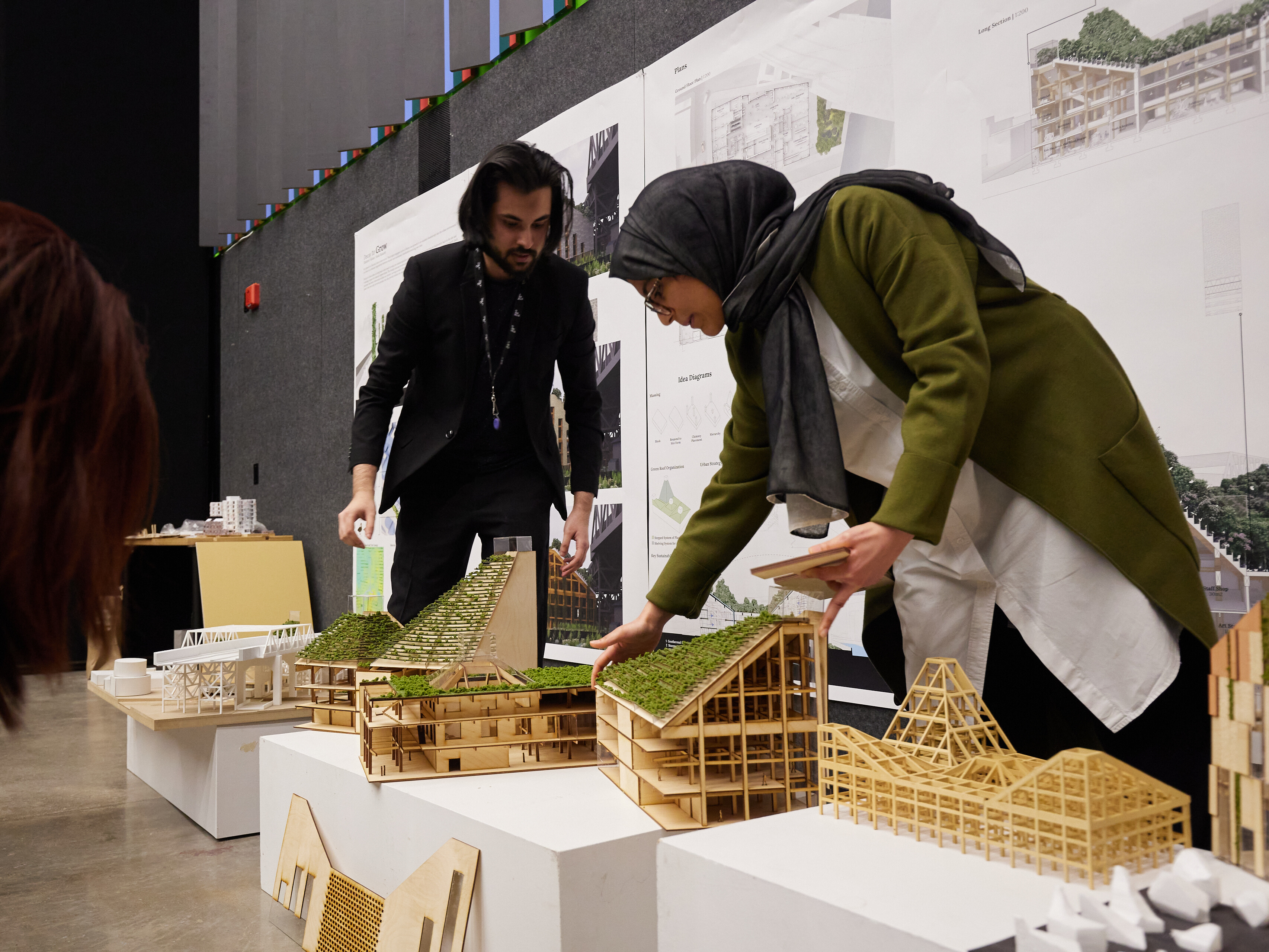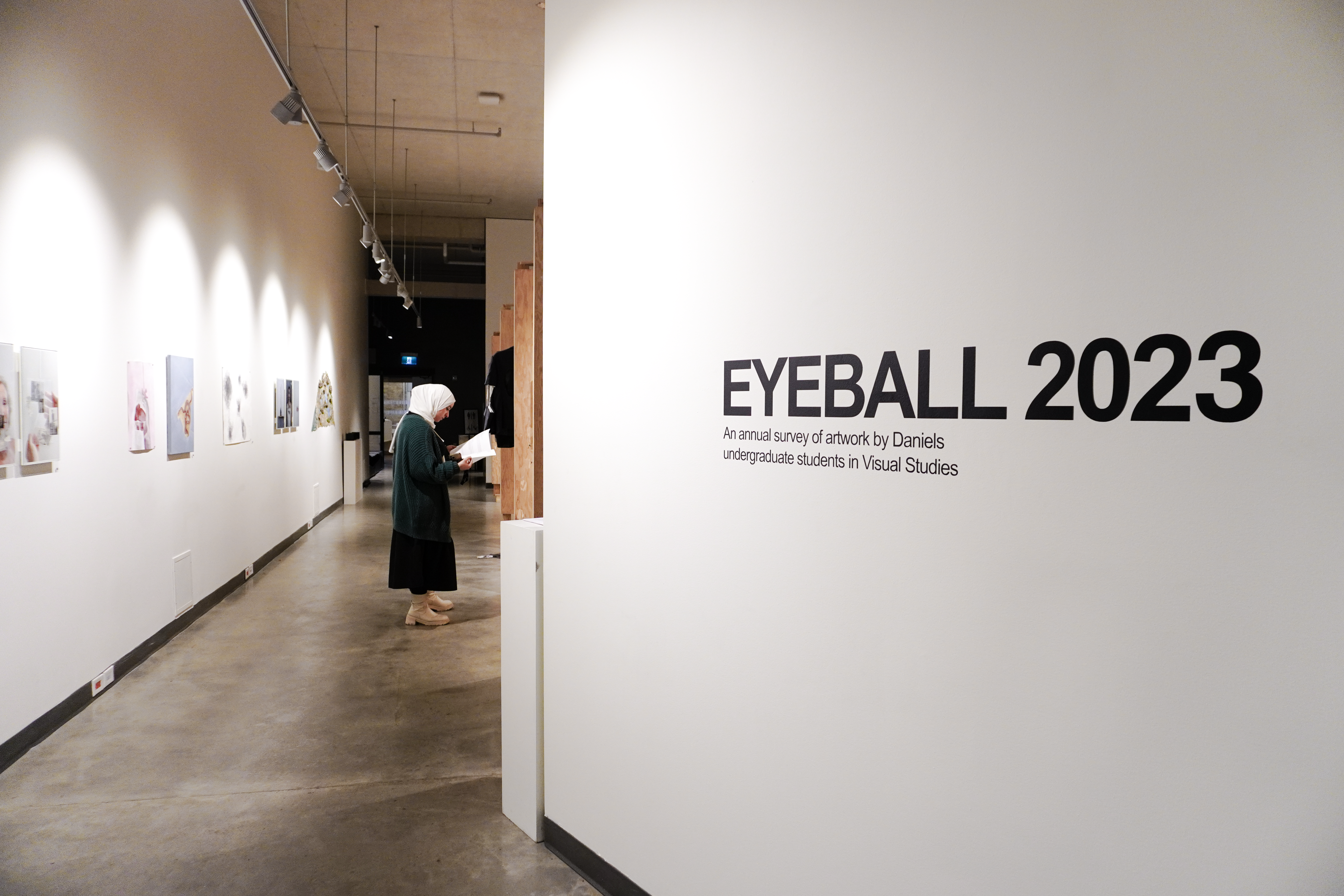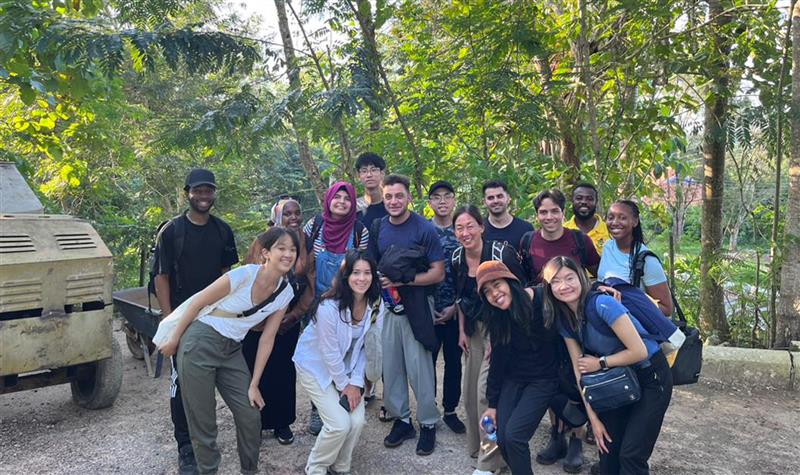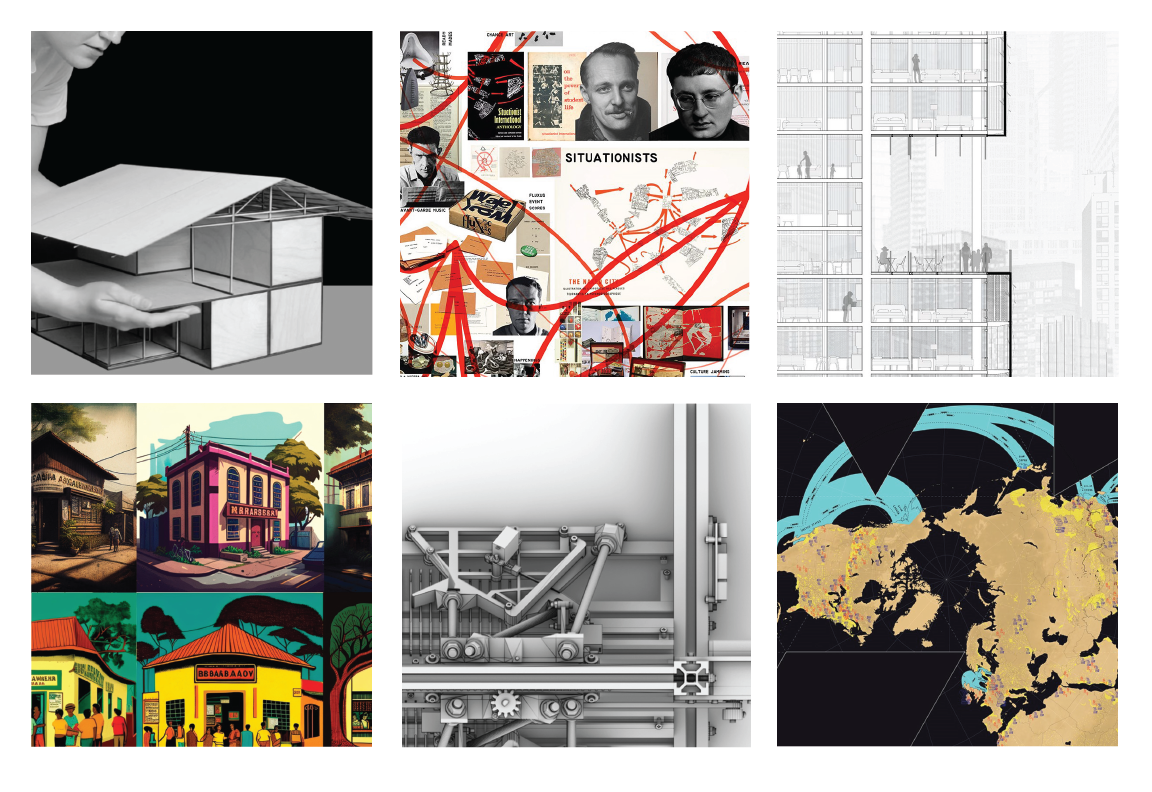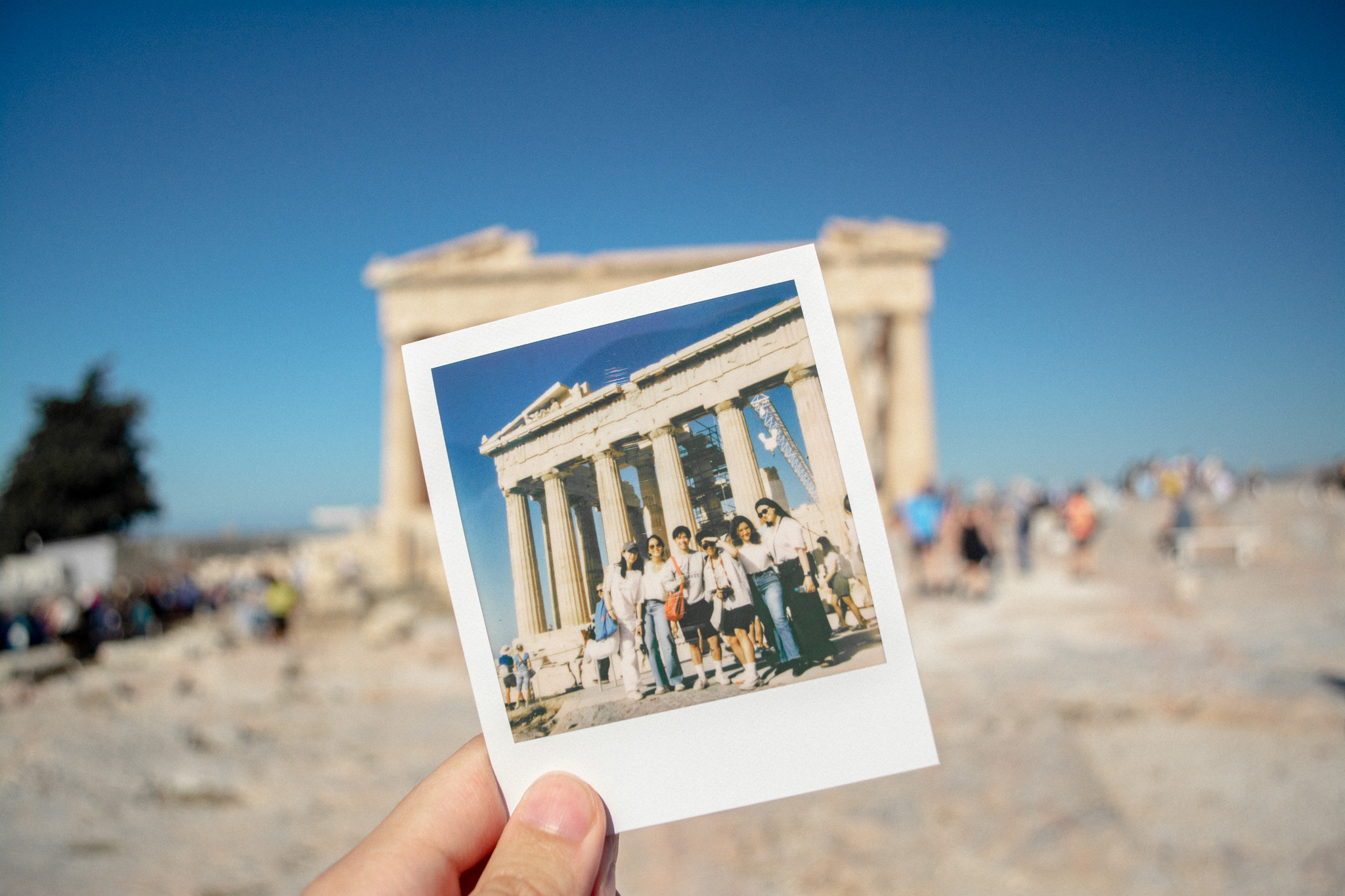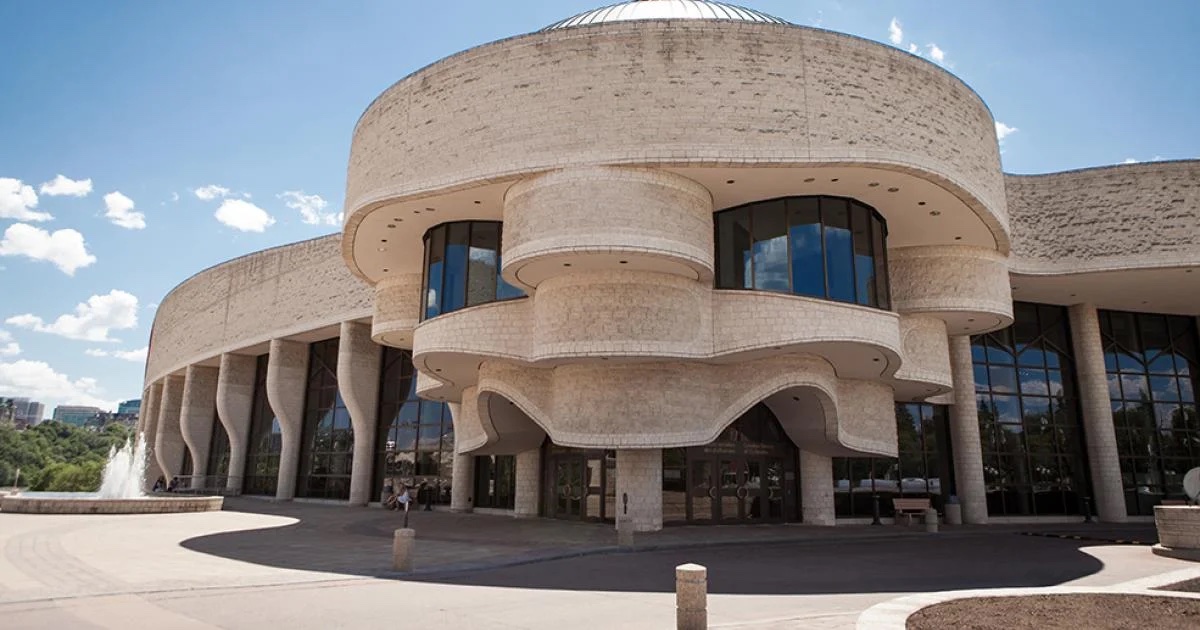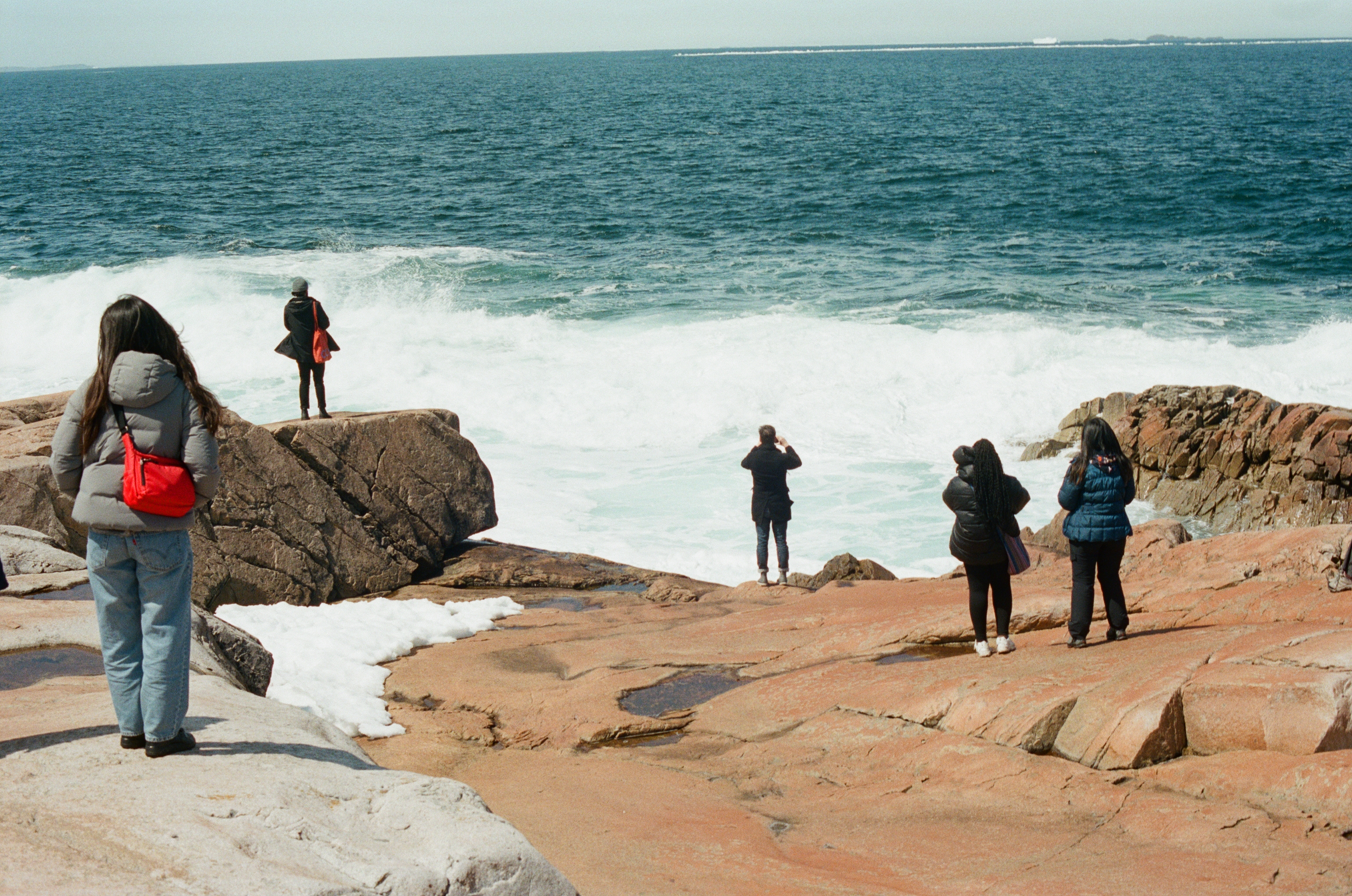28.11.23 - Daniels Faculty Fall 2023 Reviews (December 4-19)
Monday, December 4 to Tuesday, December 19
Daniels Building
1 Spadina Crescent
Whether you're a future student, an alum, or a member of the public with an interest in architecture, forestry, landscape architecture or urban design—you're invited to join the Daniels Faculty for Fall 2023 Reviews. Throughout December, students from across our graduate and undergraduate programs will present final projects to their instructors and guest critics from academia and the professional community.
All reviews will take place in the Daniels Building at 1 Spadina Crescent from 9 a.m. to 6 p.m. (unless otherwise stated). Follow @UofTDaniels on social media and join the conversation using the hashtags #DanielsReviews and #DanielsReviews23.
Please note that times and dates are subject to change.
Monday, December 4 | Graduate
Design Studio I
LAN1011Y
Coordinators: Alissa North, Peter North
Room: 330
Tuesday, December 5 | Graduate
8:45 a.m.–6:30 p.m. ET
Design Studio I
ARC1011Y
Coordinator: Chris Cornecelli
Instructors: Fiona Lim Tung, Anya Moryoussef, Aleris Rodgers, Julia Di Castri, Tom Ngo
Rooms: 215, 230, 240, 330
Wednesday, December 6 | Graduate
Integrated Urbanism Studio
ARC2013Y, LAN2013Y, URD1011Y
Coordinators: Mauricio Quiros Pacheco, Rob Wright, Roberto Damiani
Instructors: Karen Kubey, Aziza Chaouni, Jon Cummings, Christos Marcopoulos, Mariana Leguia Alegria, David Verbeek, Megan Esopenko
Rooms: 200, 215, 230, 240, 330
Thursday, December 7 | Graduate
Integrated Urbanism Studio
ARC2013Y, LAN2013Y, URD1011Y
Coordinators: Mauricio Quiros Pacheco, Rob Wright, Roberto Damiani
Instructors: Karen Kubey, Aziza Chaouni, Jon Cummings, Christos Marcopoulos, Mariana Leguia Alegria, David Verbeek, Megan Esopenko
Rooms: 200, 215, 230, 240, 330
Friday, December 8 | Graduate
Design Studio Options
LAN3016Y
The Hart House Farm
Instructor: Liat Margolis
Room: 330
Urban Design Studio Options
URD2013Y
Instructors: Kanwal Aftab, Maya Desai
Room: 230
Monday, December 11 | Undergraduate
Drawing and Representation I
ARC100H1
Coordinator: James Macgillivray
Instructors: Matthew De Santis, Dan Briker, Mauricio Quiros Pacheco, Nicolas Barrette, Anne Ma, Jeffrey Garcia, Monifa Charles-Dedier, Angela Cho, Mariano Martellacci, Connor Stevens, Ji Hee Kim, Kyle O’Brien, Lara Hassani, Brandon Bergem
Rooms: Main Hall (170A, 170B), 215, 230, 240, 315, 330, 340
Tuesday, December 12 | Graduate & Undergraduate
9 a.m.–2 p.m.
Drawing and Representation II
ARC200H1
Coordinator: Roberto Damiani
Instructors: Nova Tayona, Simon Rabyniuk, Reza Nik, Paul Howard Harrison, Sam Dufaux, Karen Kubey, Katy Chey, Phat Le, Samantha Eby, Alejandro Lopez
Rooms: Main Hall (170A, 170B, 170C), 209, 215, 230, 240, 315, 330, 340
10 a.m.–3 p.m.
Capstone Project in Forest Conservation
FOR3008H
Instructor: Catherine Edwards
Room: 200
View detailed schedule.
Wednesday, December 13 | Graduate & Undergraduate
Architectural Design Studio: Research 1
ARC3020Y
Rehearsing the Parade: Ephemeral Assemblies and Persuasion on the Move
Instructor: Miles Gertler
Rooms: Main Hall (170C), 209Architecture and Health Equity in an Imperiled World
Instructor: Stephen Verderber
Room: 330
Architecture Studio III
ARC361Y1
Coordinator: Adrian Phiffer
Instructors: Shane Williamson, Carol Moukheiber
Rooms: Main Hall (170A, 170B), 230
10 a.m.–3 p.m.
Capstone Project in Forest Conservation (FOR3008H)
Instructor: Catherine Edwards
Room: 200
View detailed schedule.
Thursday, December 14 | Graduate & Undergraduate
Architectural Design Studio: Research 1
ARC3020Y
The Certainty of Uncertain Forms, or in search of anexact typologies
Instructor: Carol Moukheiber
Room: 330Counterhegemonic Architecture
Instructor: Lukas Pauer
Rooms: 215, 240If robots are the answer, what was the question?
Instructor: Brady Peters
Rooms: 209, 242Bridging the Divide: An Architecture of Demographic Transition
Instructor: Shane Williamson
Room: 230
Design Studio Options
LAN3016Y
Generative Design in Landscape Architecture: Explorations and Applications
Instructors: Rob Wright, Matthew Spremulli
Room: 200
Landscape Architecture Studio III
ARC363Y1
Instructor: Behnaz Assadi
Rooms: 315, 340, Main Hall (170C)
Technology Studio III
ARC380Y1
Instructors: Nicholas Hoban (Coordinator), Maria Yablonina
Room: Main Hall (170A, 170B)
Friday, December 15 | Graduate
Architectural Design Studio: Research 1
ARC3020Y
Swarm / Counterarchive
Instructor: Jeannie Kim
Room: 330ARCHIPELAGO, 4.0: Docu-Drawing, Activism, Re-Building
Instructor: Petros Babasikas
Room: 230SUPERNATURAL
Instructor: Laura Miller
Room: Main Hall (170A, 170B)USING TREES
Instructor: Zachary Mollica
Room: 240HOUSE FOR PIRANESI at Hadrian’s villa: TRIUMPH OF THE FRAGMENT DRAWING AS THESIS An allegory for illustrated ARCHITECTURAL narrative
Instructor: John Shnier
Room: 1st Floor Hallway
Monday, December 18 | Undergraduate & Graduate
9 a.m.–2 p.m.
Design Studio II
ARC201H1
Coordinator: Miles Gertler
Instructors: Brian Boigon, Jennifer Kudlats, Aleris Rodgers
Rooms: 215, 240, 315, 340
9:30 a.m.–12:30 p.m. and 1:30-4:30 p.m.
Post-Professional Thesis Review
ALA4021
Rooms: 209, 242
Senior Seminar in History and Theory (Research)
ARC456H1
Instructor: Petros Babasikas
Room: 330
Senior Seminar in Design (Research)
ARC461H1
Instructor: Laura Miller
Room: Main Hall (170A, 170B)
Senior Seminar in Technology (Research)
ARC486H1
Instructor: Nicholas Hoban
Room: 230
Tuesday, December 19 | Undergraduate
Senior Seminar in History and Theory (Research)
ARC456H1
Instructor: Petros Babasikas
Room: 330
Senior Seminar in Design (Research)
ARC461H1
Instructor: Laura Miller
Room: Main Hall (170A, 170B)
Senior Seminar in Technology (Research)
ARC486H1
Instructor: Nicholas Hoban
Room: 230


